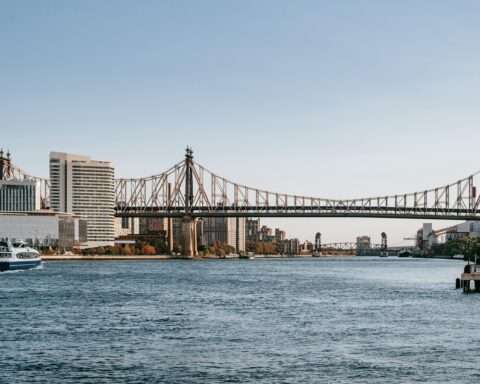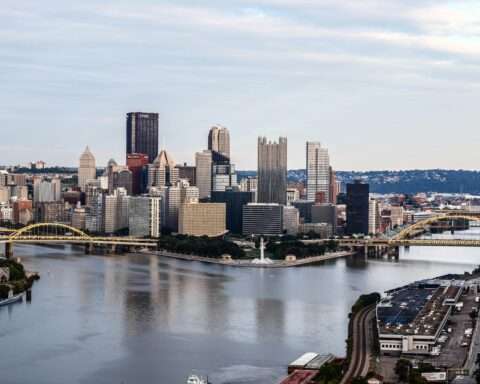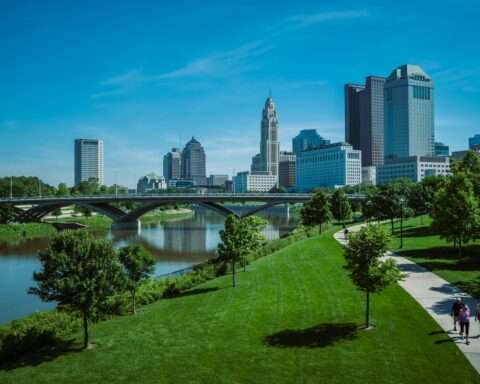The San Francisco Bay Ferry has launched the world’s first commercial passenger ferry powered entirely by zero-emission hydrogen fuel cells. The 70-foot, 75-passenger ferry – named the Sea Change – will begin transporting its first passengers July 19.
The ferry is the result of a six-year public-private venture to develop technologies that mitigate greenhouse gas (GHG) emissions. The project is a considerable milestone in the city’s efforts to decarbonize the maritime industry, proving that a hydrogen-powered ferry fleet is viable, reduces GHG emissions and improves air quality. The ferry will operate as part of the San Francisco Bay Ferry network for the next six months.
The six-month test period will showcase how the ferry’s fuel cell technology is a viable alternative to fossil fuel-powered vessels. Its service length will be a real-world demonstration on how hydrogen technologies can reduce GHG emissions and improve air quality.
The Sea Change only produces water vapor during operations and uses a combination of hydrogen and electricity to power and propel the vehicle. In addition, the ferry also captures and remineralizes water vapor for reuse in the onboard water fountain. This makes the vessel the first of its kind to have potable emissions.
The transportation sector is the United States’ largest source of carbon dioxide emissions. California’s efforts to innovate transportation technologies are driven by climate change and the need to find alternative solutions to lower its carbon footprint in advance of increasingly hotter summers.
The ferry is a part of California Climate Investments (CCI), a statewide program that invests billions into reducing GHG emissions, strengthening the economy and improving public health and the environment. The vessel’s success will pave the way for broader execution of the same technology in other sectors, including industrial freight transportation, government operations and marine research.












